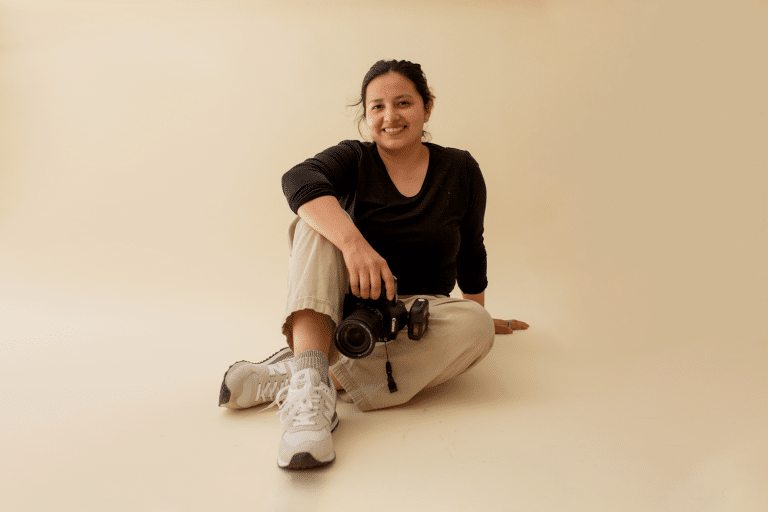
Lucero Torres, photographed in a Seattle studio, on May 12, 2021, in Seattle, Washington. Image by Sarah Wicorek, © All Rights Reserved.
Meet Lucero Torres
Each of the poems included in the third season of Poetry Unbound are accompanied by photographs from Seattle-based photographer, Lucero Torres. Her photography is influenced by her experience growing up between two cultures, Mexican and American.
What themes or guiding ideas helped shape the work as a whole? What did you keep in the back of your mind as you were working?
These photos are a representation of the stories being told in the poems. I think visual representations, just like poetry, can be a complex medium to understand. We kept these images simple and incorporated visual objects that held true to the deeper meaning within the poem. With the play of lighting and shadows, we were able to create an environment that transports the audience to the place we imagined these narratives taking place.
What does your art say about you?
I think my work is continuously evolving, especially right now, and I believe that is a reflection of who I am. I’m in my early 20s — trying to figure out my identity and where I fit in the world and it shows. In other words, I see my work as an exploration of myself.

What draws you to photography?
So many things. It was the first medium that helped me look and understand my surroundings. It is also a practice that has taught me about the world and myself, and has brought me to exactly where I am right now. Photography has also allowed me to meet so many new interesting people, places and perspectives that I wouldn’t have known of otherwise.
Walk us through your creative process. Where do you begin? How do you know when you’re done?
It varies from project to project but generally I first like to know what my purpose is. I think photography can serve many purposes such as telling a story, communicating a feeling, evoking nostalgia, entertaining people, etc. Once I know my purpose and I have an idea in my head, I try to connect the dots and make sure that they both align. After that, it is all a matter of choosing the right lighting and details.
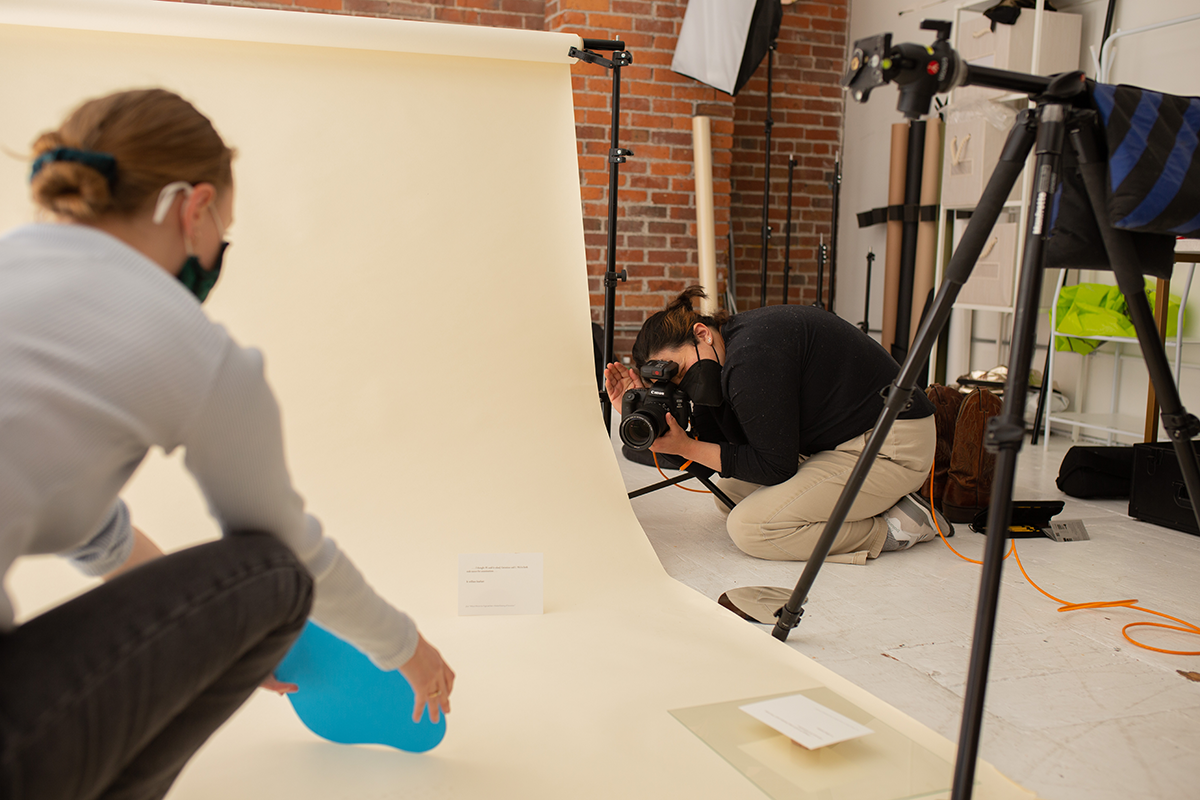
Walk us through your process with this project specifically. Anything special or different about it? Any gear you had to use specifically for this?
I feel like the process for this project kept evolving as we were shooting (and sometimes that’s my favorite way to go about a project) so I was in constant communication with OBP associate art director, Lilian Vo. But having access to the podcast and listening to host Pádraig Ó Tuama’s interpretation of the poems made my job so much easier as I had a better understanding of what the poems meant and the key themes we wanted to highlight.
Which Poetry Unbound poem was your favorite to shoot? Why?
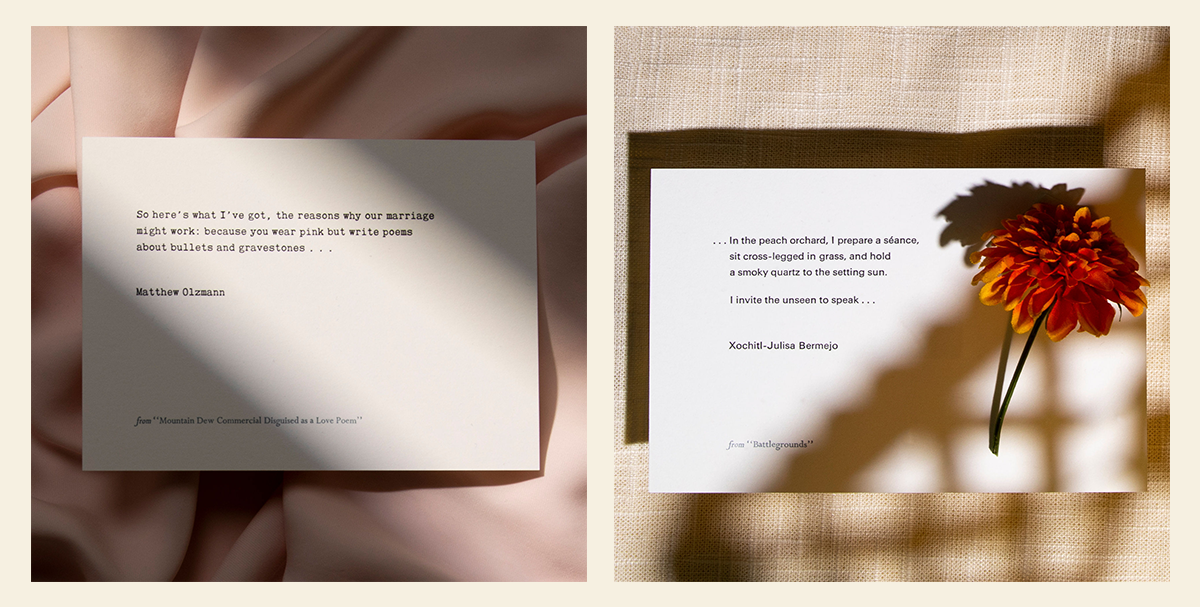
I love “Mountain Dew Commercial Disguised as a Love Poem,” by Matthew Olzmann. I could picture everything the poet was narrating and I could feel the love and the affection. It’s a poem I wish had been written for me.
I also loved shooting “Battlegrounds” by Xochitl-Julisa Bermejo because I love seeing more work by fellow Mexican artists that give a platform to untold narratives.
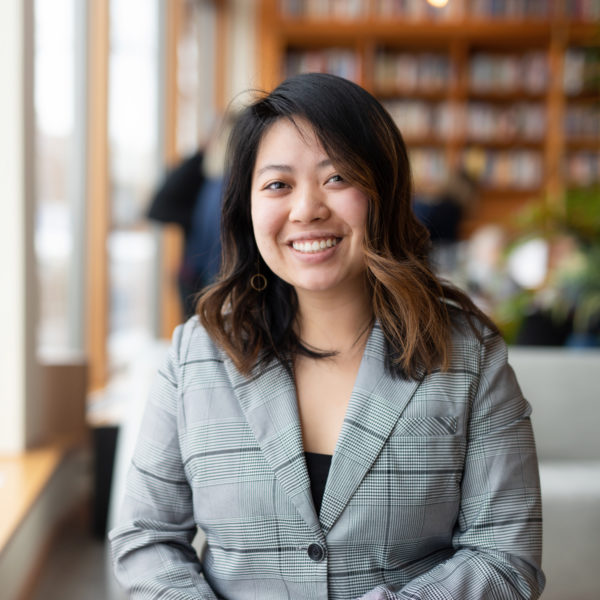
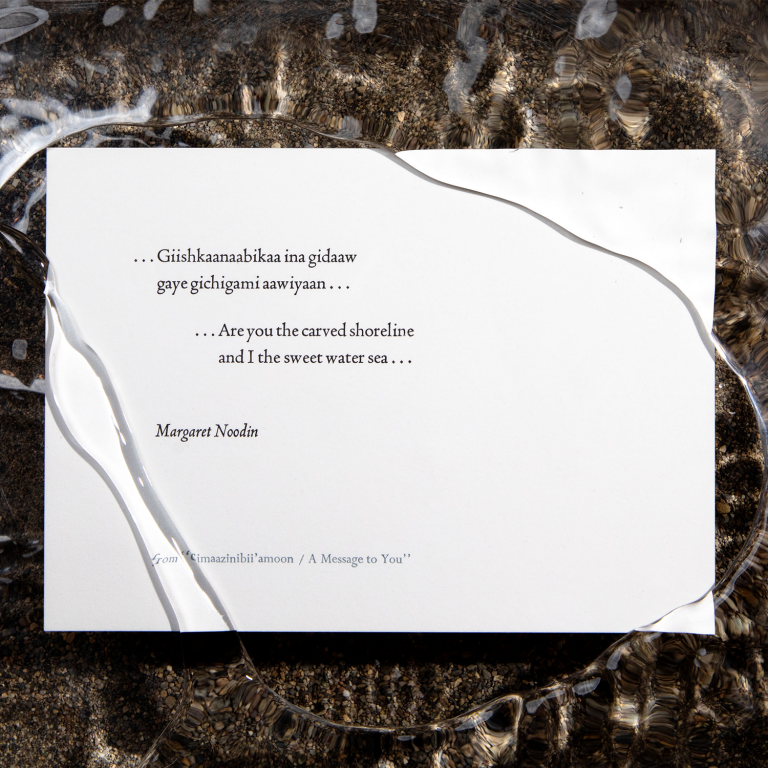
Share your reflection